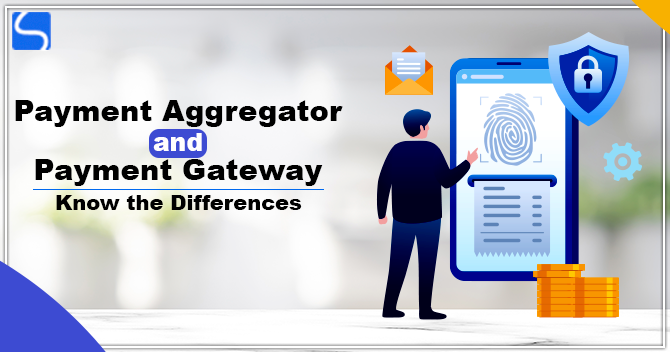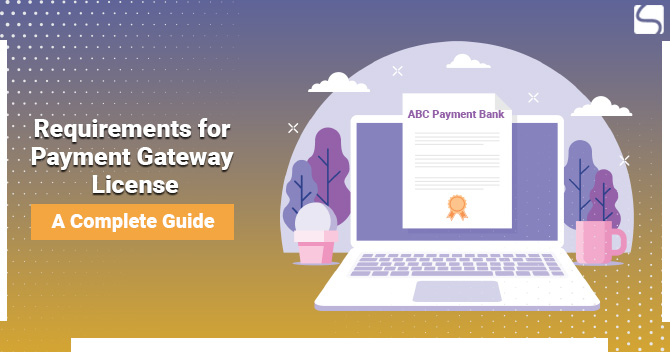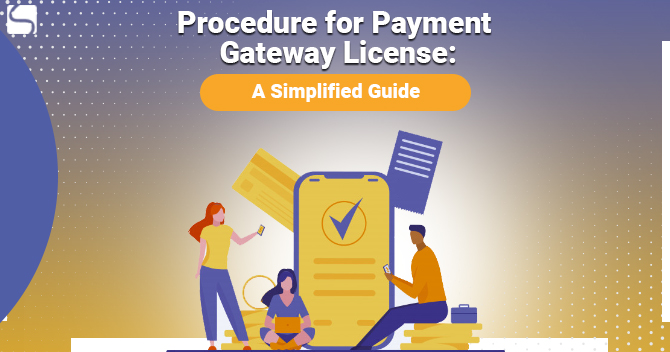Payment Aggregator and Payment Gateway – Know the Differences

Karan Singh | Updated: Aug 30, 2021 | Category: Payment Gateway System
If anyone wants to start a new online business, then it is vital to set up the best payment transaction modes. Payments Gateways and Payment Aggregators are the two best payment transaction methods. To choose one for your business, it is necessary to know the clarity between these two transaction modes with the main points of explanation & differences. However, technically there are two different terms related to this function that is Payment Aggregator and Payment Gateway. Most people get confused between these two payment transaction modes. In India, there are many Payment Aggregators as well as Payment Gateways. In this article, we will briefly discuss about the differences between Payment Aggregator and Payment Gateway.
Table of Contents
What is a Payment Gateway?
Payment Gateway is an e-commerce software app that allows way from the transfer of online payments. Simply, it means accepting online payments. Payment Gateway is a separate merchant service enabling online payments sing the E-commerce ASP (Application Service Provider). ASP is a business offering computer-based services to clients over a network like access to a specific software application using a standard protocol like HTTP.
What is a Payment Aggregator?
It is the inclusion of all Payment Gateways. Payment Aggregators are service providers through which e-commerce merchants process payments. They allow merchants to accept all the bank transfers without setting up an account for a merchant that is linked with a bank. One main difference between a Payment Aggregator and Payment Gateway is that the latter is mainly used in the online business; in the meantime, the previous digitises online and /or offline payment touchpoints.
This payment method provides end-users with any transaction comprising a recording of cash & cheque and online payment modes or offline touchpoints (anywhere in-store, in-field & remote SMS-based payments). Moreover, it authorises merchants to accept all types of payment methods without arranging independent accounts with banks or with each card company or payment service provider. By using the services of Payment Aggregator, you can gain all types of payment acceptance, comprising credit cards or debit cards, bank transfer, UPI, e-wallet, cash & cheque under a single interface.
Some Examples of Payment Aggregator and Payment Gateway
A Payment Aggregator can provide a Payment Gateway, but a Payment Gateway can’t offer or provide a Payment Aggregator. Some examples of Payment Gateway Aggregators are PayUMoney, Instamojo, Citrus, Billdesk, and CCAvenue. These companies provide online Payment Gateway services to various merchants for an actual rate. These service providers take money from clients or users on behalf of the merchant and transfer the money to the merchant account after a specific time period, usually three days, depending on the Payment Aggregators Policies.
In India, Payment Gateways majorly include banks, and these include both public & private banks like Axis, ICICI, HDFC, and more.
Comparison Table Between Payment Aggregator and Payment Gateway
The Payment Aggregator and Payment Gateway differ on various grounds, and you can check the same in the table below:
| Factor | Payment Aggregator | Payment Gateway |
| Function | Interface | Mediator |
| Payment Options | A Payment Aggregator provides numerous payment options comprising UPI, debit or credit cards, OR codes, cash & cheque, net-banking, etc. | A Payment Gateway allows merchants to use few and limited payment options hosted on the application or website |
| Integrated Solution | Yes | Yes |
| Ownership | Owned by Fintech Companies | Owned by vendors, public & private banks, Payment Aggregators and merchants |
| Touchpoints Digitised | Offline and/or Online Touchpoints | Online touchpoints comprising website or mobile application |
| Permissions | Payment Aggregator is mandated to get the necessary certification according to the PCI-DSS (Payment Card Industry Data Security Standard) | The Reserve Bank of India validation under the PSSA, 2007. |
| PSR (Payment Success Rate) | Considerably higher PSR | Depends on the managerial capabilities of Payment Gateway. |
How Payment Aggregator and Payment Gateway Help Small Businesses in India?
Payment Aggregators are cost-effective for Micro-transactions. Payment Gateways can rapidly access small businesses once they combine with Payment Aggregators. The Payment Aggregator model tends to offer a platform for online transaction processing, with minimal or no start-up fees & fixed costs.
How do Payment Aggregators and Payment Gateways Work Together?
It’s a common mistake that Payment Gateways alone are sufficient to process payments. This would work for a brick & mortar store (a POS machine, for e.g.) but not online. An online Payment Gateway is only the technical side of the transaction. It mainly secures the data in the payment messages.
Payment Gateways have a bank working behind the scenes to issue merchant accounts. When there are many merchants applying for the merchant accounts, eager to process payments, the allowing banks will have to classify both the underwriting and process of fund transfer for numerous merchants, which could become too much. This is where Payment Aggregators came into effect. Payment Aggregators go via the underwriting process with the acquiring bank and process payments for many smaller sub-merchants.
What is the difference between a Payment Processor and a Payment Gateway?
The Payment Gateway serves its purpose at the starting and end of the transaction, where the end-users will offer their credit card details and get approval or rejection of the transaction. The Payment Processor keeps moving & processing the information between the client’s bank & the merchant acquirer until the transaction is finished.
Is UPI a Payment Aggregator?
The conventional payment channels via which a Payment Aggregator accepts payments could be credit or debit cards, wallet, UPI[1], etc. Payment Aggregators provide the role of mediator that connects the gap between the customer or payer and the merchant or payee.
Conclusion
The certifying banks in the payment process execute the underwriting and the transferring process of funds for different merchants. In the front-end, they have an edge for processing the transactions & at the backend, and the banks are the ones that issue the merchant account. In the instance of the Payment Aggregators, the underwriting process is executed by the acquiring bank, and processing of the payments is done via the MID (Merchant Identification Number) or various MIDs from different other intermediaries or parties involved. So after discussing Payment Aggregator and Payment Gateway, you can easily choose one of them for your online business as per your requirements.
Read our article:Procedure for Payment Gateway License: A Simplified Guide













